Naim Mu-so 2 vs Sonus Faber Omnia: which is the best wireless speaker system?
Both offer style and sonic substance in one compact, convenient package
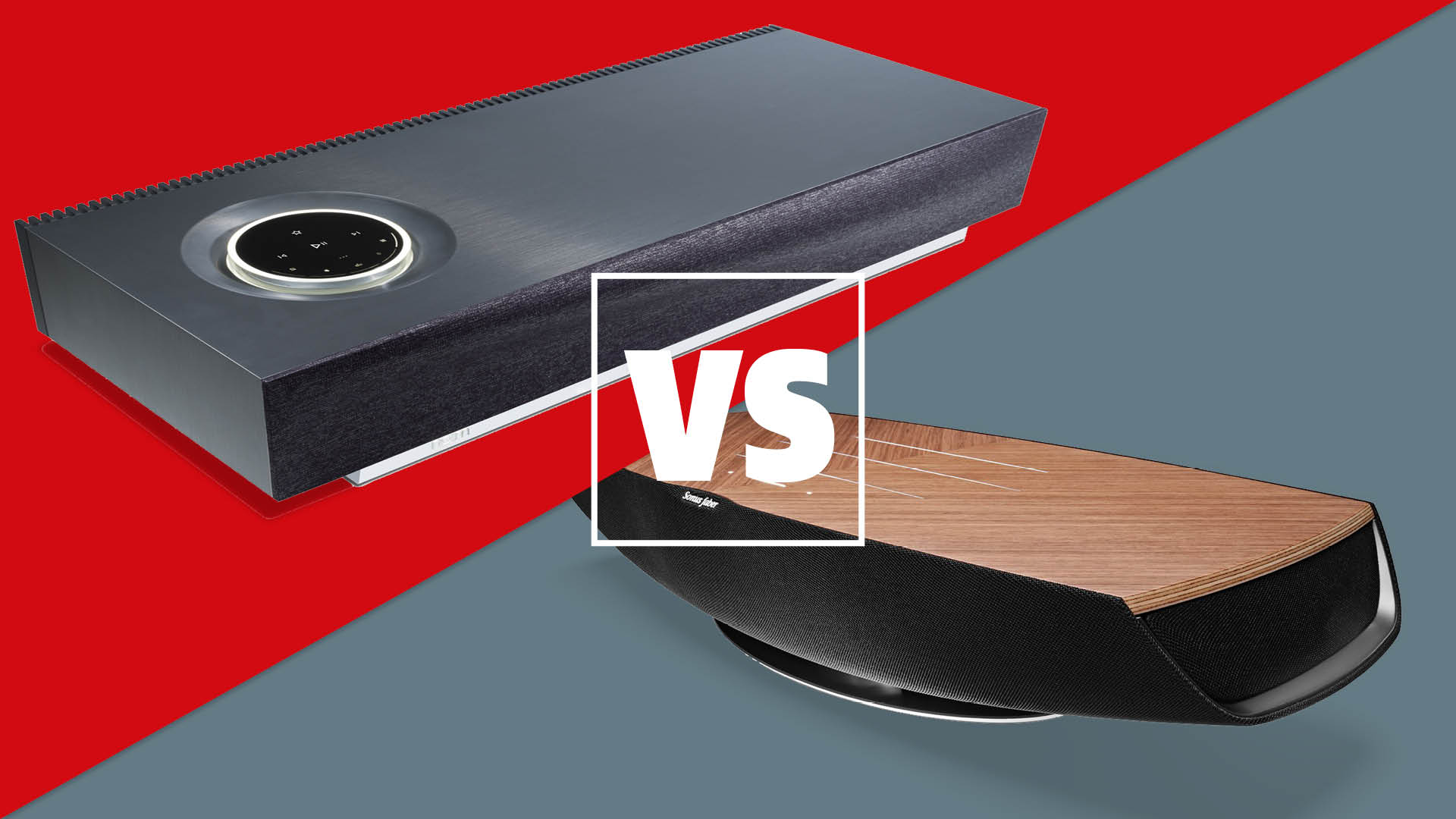
We wouldn’t say anyone after serious ‘hi-fi’ sound from a does-it-all, one-box package is particularly spoilt for choice, but in recent years a handful of established brands have made a concerted effort to create a compact, practical solution that delivers on the style and sonic substance fronts above the calibre of your Sonos Fives and Apple HomePods. The Bowers & Wilkins Zeppelin and Naim Mu-so Qb 2 streaming wireless speakers are such examples, as is the higher-end beloved Naim Mu-so 2. And now here to beautify the party is a similarly ambitious Italian: the Sonus Faber Omnia.
Sonus Faber’s latest all-in-one system follows in the footsteps of its 2016-launched SF16 (which itself was based on the company’s inaugural product in 1980, the Snail) but takes on a more practical guise with its more modest footprint and price tag, putting it squarely in line with the Mu-so 2. Both left our test rooms with the full star set, but how do they compare and which one is best for you?
- Read our Naim Mu-so 2 review
- Read our Sonus Faber Omnia review
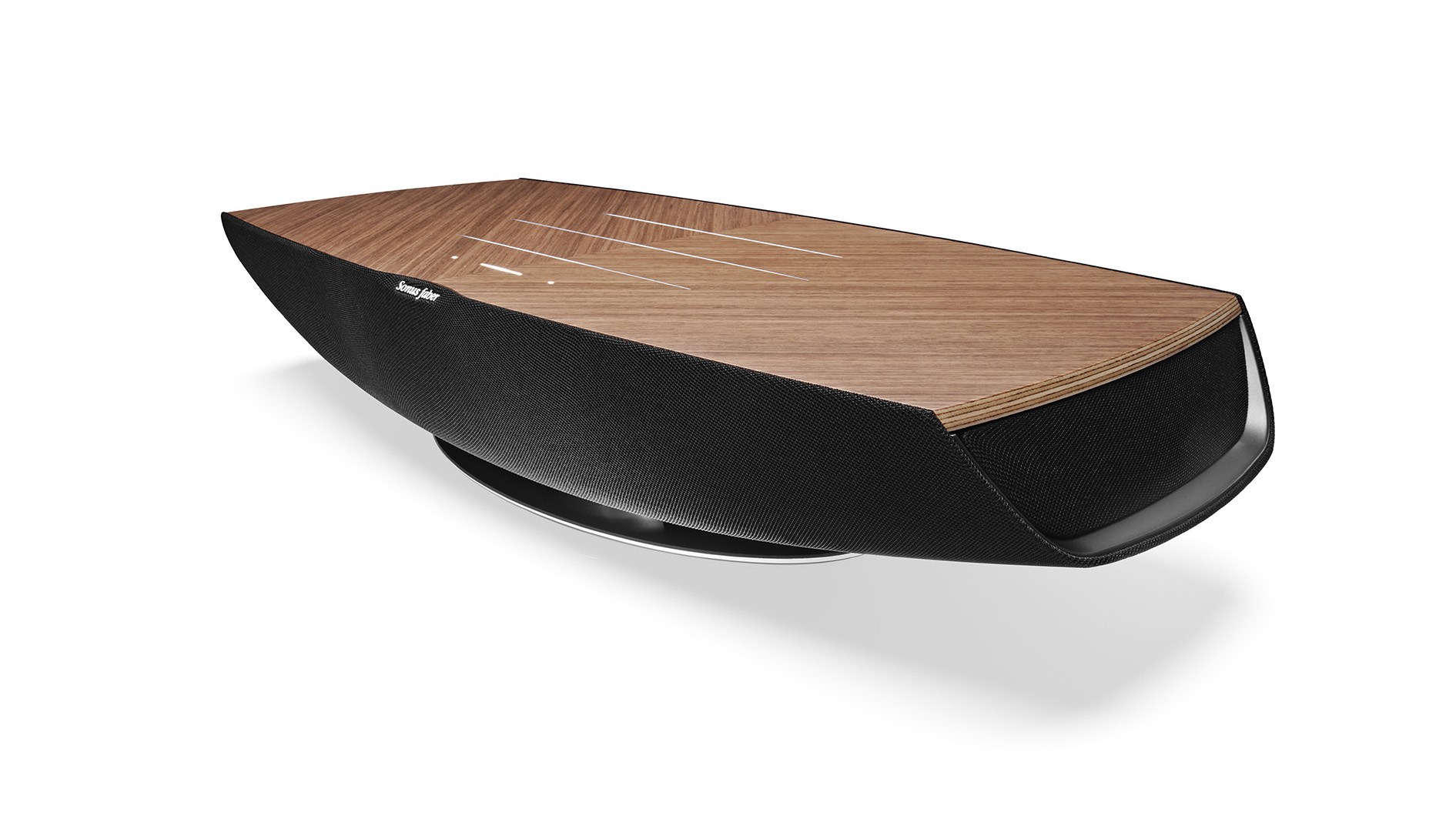
Mu-so 2 vs Omnia: design and build
You may start questioning the perceived value of a single chassis system that costs this much, but the Naim and Sonus Faber should hush any doubters. Despite looking as different as chalk and cheese, both of the similarly sized systems are among the finest built and most attractive of their kind.
Conforming to Sonus Faber’s heritage identity, the Omnia’s curvaceous, elliptical, spaceship-like chassis incorporates a wooden top panel, which is available in walnut or graphite and embellished with three strip lights that indicate playback status and incorporate touch controls.
The touch controls aren’t nearly as comprehensive or as nice to use as the Mu-so 2’s illuminated dial though, which alongside the front wave-like grille is the aesthetic standout of the Naim’s sleek and solid aluminium chassis. It’s probably the pick of the two for the likely minority who will predominantly use on-unit control over, say, a phone, but otherwise which look you prefer will be down to personal preference as much as anything else.
For those wondering if they can accommodate such a product on their tabletop, the Mu-so 2 measures 12 x 63 x 26 cm (hwd), while the Omnia is ever so slightly bigger – 13 x 65 x 28cm.
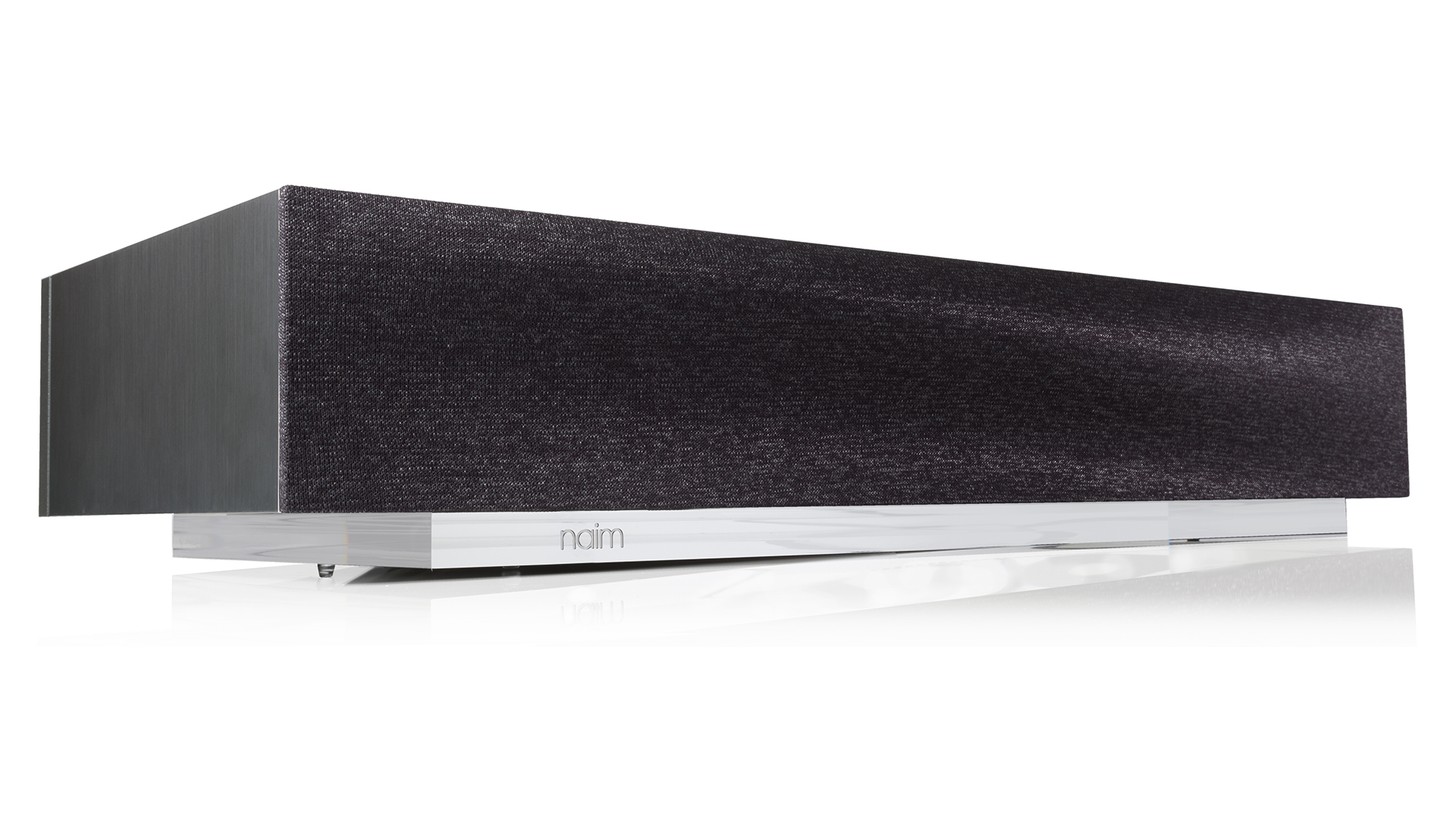
Mu-so 2 vs Omnia: features
What’s more likely going to affect your choice is the differing spec sheets. Naturally, there’s a lot of crossover: the Naim and Sonus Faber are streaming savvy by nature and both support Spotify Connect, Tidal Connect, UPnP, Roon, AirPlay 2, and Google Chromecast (which opens doors to the likes of Deezer, Qobuz, YouTube Music and TuneIn Radio). That’s pretty much as comprehensive as they come, although a consideration for subscribers of Tidal’s HiFi Plus tier: neither system supports the MQA technology that powers Tidal’s hi-res Masters streams.
As for physical connectivity, the Naim can connect to TVs and audio sources via its HDMI ARC, optical, 3.5mm and USB inputs. The Sonus Faber, meanwhile, limits sockets to HDMI ARC and a switchable line-level/MM phono input (via a supplied adapter dongle) – but that does mean hooking up a turntable and legacy audio source is easy peasy.
Again, where the Mu-so 2 will edge things for some people lies in the control. Naim has occupied the streaming space for many years, having established itself in the streamer electronics category with handfuls of products. Thus, it’s not surprising it has its own (and exemplary) app from which users can access (some) services, browse their networked music collection and facilitate multi-operation between compatible Naim products.
Sonus Faber, however, is of course predominantly a speaker brand and not as deep-seated in the streaming sphere. Rather than spend a lot of resources on developing its own app software, it has decided to leave usability in the hands of the native service (and third-party) apps. Subscribe to Tidal? Control playback and stream to the Omnia over Cast or Connect within the Tidal app. Want to stream internet radio? Go into the TuneIn app and Cast to the Omnia. Need to access your NAS drive? Use a third-party app like Bubble UPnP (or Roon). It forces users to use an interface they’ll likely be familiar with and, even given a dedicated app, may well prefer to use anyway – but we have to say we do like having the option of the Naim app experience.
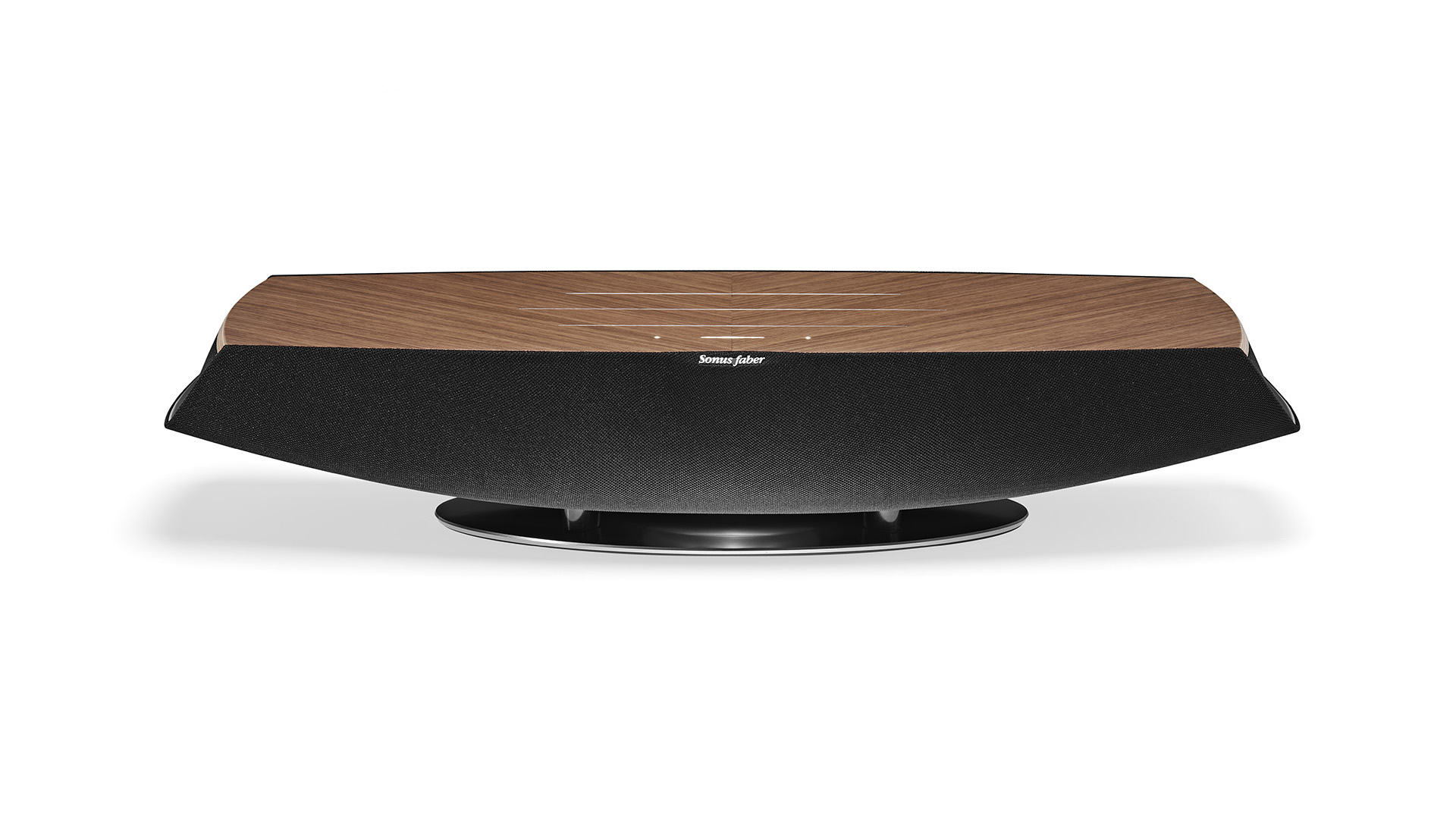
Mu-so 2 vs Omnia: sound
While they have different backgrounds and expertise in the hi-fi field, Naim and Sonus Faber have a rich heritage of producing high-performing kit – and that calibre has carried on over to its most ‘lifestyle’ products yet. Those who have read our Naim Mu-so 2 and Sonus Faber Omnia reviews will know we recommend both highly, but depending on one’s taste and priorities, one may well appeal over the other due to their differing characteristics.
Now, the Naim is a musical little thing. Anything you chuck at it is delivered with dynamic expression and rhythmic cohesion like no other one-box system at this price we’ve heard. For that reason, our review team’s preference lies with the Naim. Just. That’s not the end of the story, mind you…
To quote our Omnia review: “Switching to the Naim Mu-so 2, we find ourselves more easily settling into the Naim’s tonal warmth and superior sense of musical cohesion. It demonstrates a tighter grip on the rhythm underpinning Aldous Harding’s Lawn, and its richer tone gives vocals a lovely honeyed sound. That said, we can’t help but miss the Omnia’s notably wider, more spacious soundstage and unrivalled clarity – and by no means is it a musical slouch itself. It’s lively enough and has a fine sense of drive, even if it isn’t the most rhythmically adept of the two.”
Indeed, while the Sonus Faber isn’t quite the stickler for rhythms and subtlety as is its rival, it’s still energetic and replies with head-turning clarity and a bigger, more open soundstage that’s bound to be a people pleaser. Those side-firing drivers do wonders to push music far and wide (without sacrificing cohesion) – and, as an aside, that makes trying Dolby Atmos tracks (on Tidal) worthwhile in a way that the Naim’s more compact presentation doesn’t.
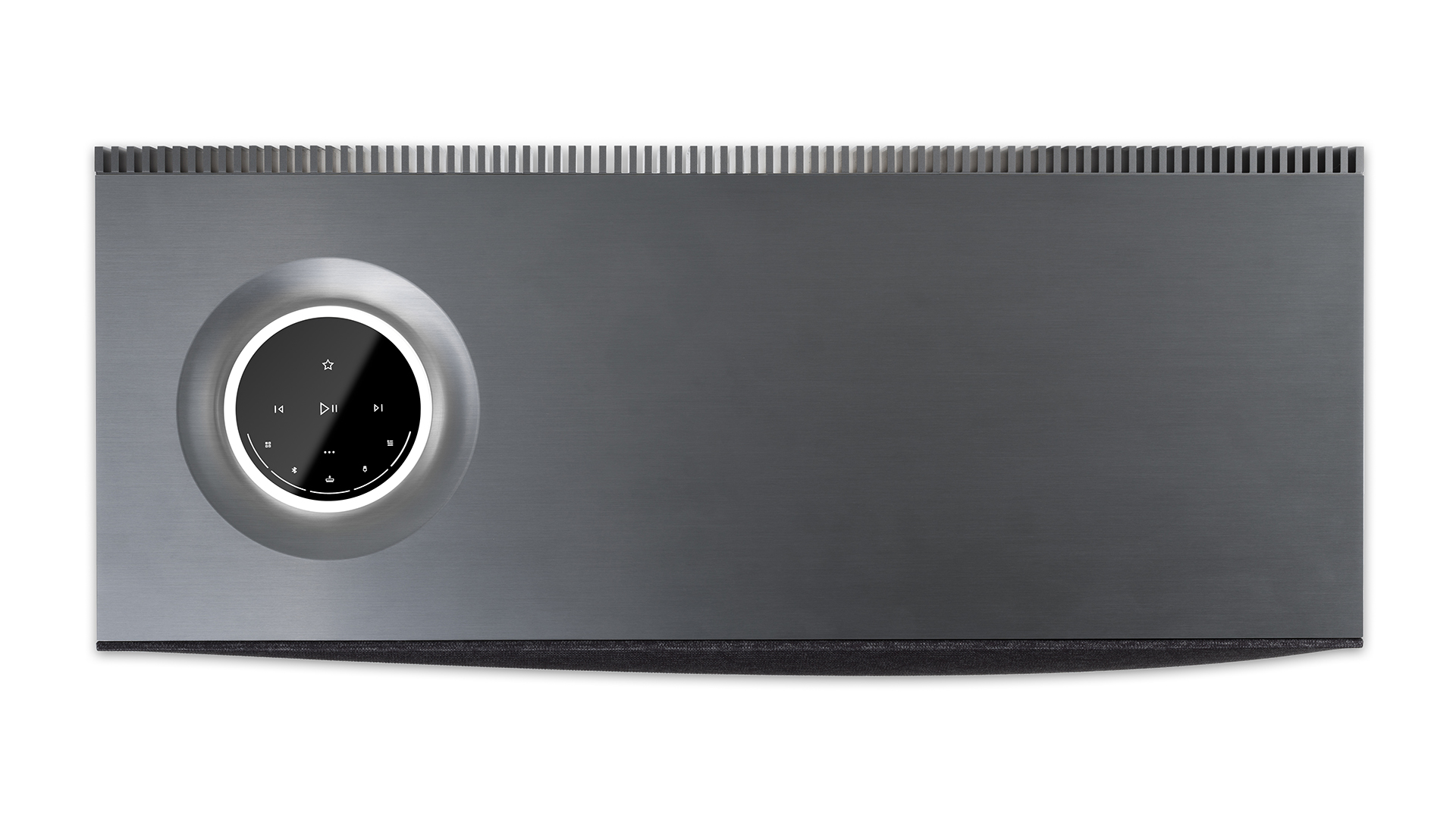
Naim Mu-so 2 vs Sonus Faber Omnia: which is the best wireless speaker system?
More often than not with these versus reviews, there’s an outright winner, be it by a fine margin or a long way. For us, one system has the slight edge here, but predominantly the buying decision between the two will come down to your sonic taste and perhaps what – if any – audio sources you’d like to plug in. Like your music totally room-filling and clear? Want to plug in a turntable? Perhaps the Omnia would be more up your street. Got audio sources you want to connect digitally? Have other Naim electronics or simply like the idea of a control app? It's the Mu-so 2 for you.
We like close competition as much as the next bookmaker, and the newly launched Omnia has brought that to the veteran Mu-so design. If you can stretch your budget beyond the Naim Mu-so Qb 2 and Bowers & Wilkins Zeppelin but have to stop short of the Linn Series 3’s asking price, the Mu-so 2 and Omnia are all the choice you need.
MORE:
Hi-res music streaming services compared: which should you sign up for?
Best hi-fi systems 2022: micro, vinyl and streaming music systems for the home
Starting from scratch? How to build the perfect hi-fi system
Get the What Hi-Fi? Newsletter
The latest hi-fi, home cinema and tech news, reviews, buying advice and deals, direct to your inbox.
What Hi-Fi?, founded in 1976, is the world's leading independent guide to buying and owning hi-fi and home entertainment products. Our comprehensive tests help you buy the very best for your money, with our advice sections giving you step-by-step information on how to get even more from your music and movies. Everything is tested by our dedicated team of in-house reviewers in our custom-built test rooms in London, Reading and Bath. Our coveted five-star rating and Awards are recognised all over the world as the ultimate seal of approval, so you can buy with absolute confidence.

